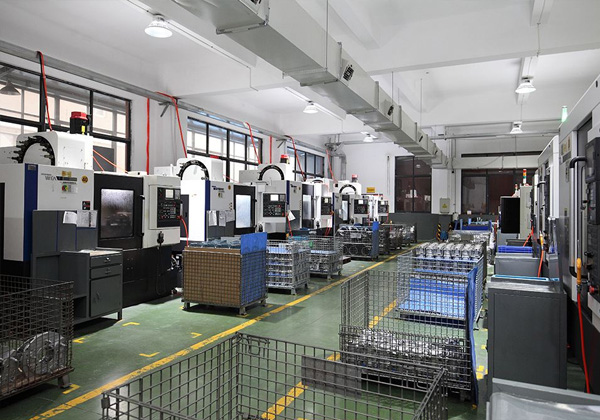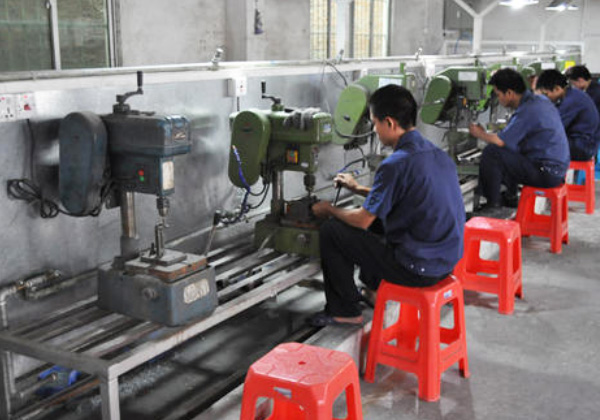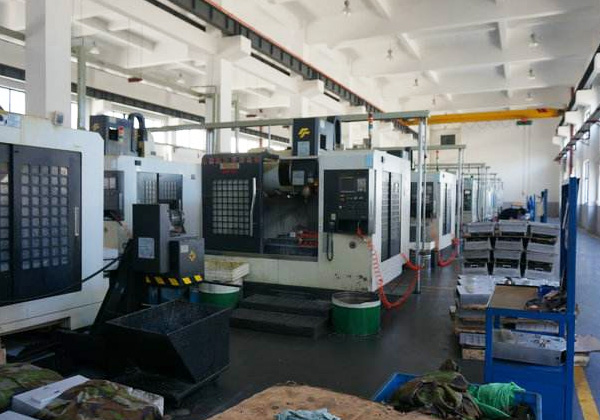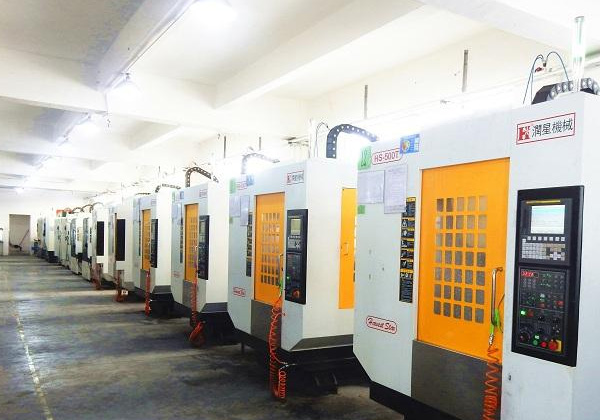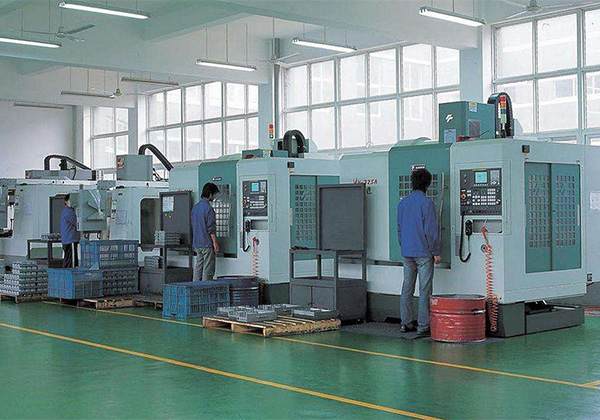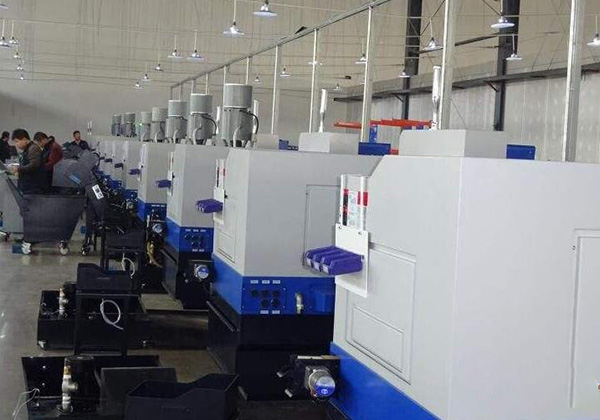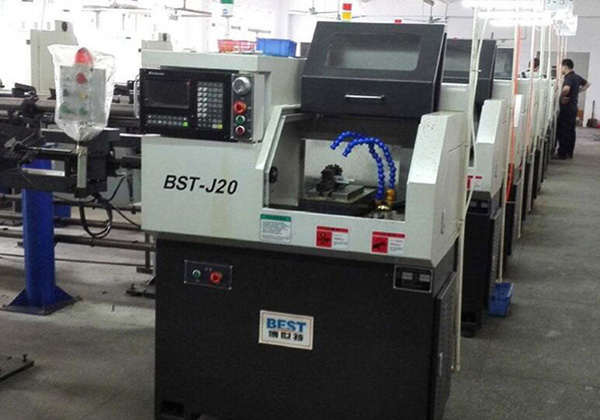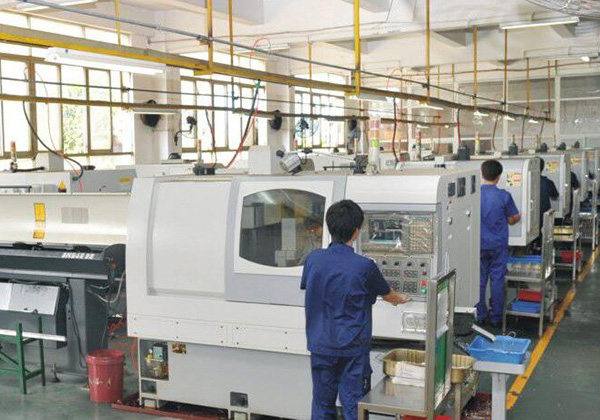
Rivet screw surface treatment
Surface treatment is a process of forming a coating layer on the surface of a workpiece by a certain method. The purpose of the surface …
Surface treatment is a process of forming a coating layer on the surface of a workpiece by a certain method. The purpose of the surface treatment is to impart an aesthetically pleasing and anti-corrosive effect on the surface of the workpiece. The surface treatment methods are attributed to the following methods:
1. Electroplating: The electroplated member is immersed in an aqueous solution containing the deposited metal compound, and an electric current is passed through the plating solution to cause the electroplated metal to be deposited and deposited on the member. Generally, electroplating is performed by galvanizing, copper, nickel, chromium, copper-nickel alloy, etc., and boiled black (blue), phosphating, and the like are sometimes included.
2. Hot dip galvanizing: This is accomplished by immersing the carbon steel component in a plating bath of molten zinc at a temperature of about 510 °C. The result is that the iron-zinc alloy on the surface of the steel piece gradually becomes passivated zinc on the outer surface of the product. Hot dip aluminizing is a similar process.
3. Mechanical plating: The surface of the product is impacted by the particles of the coated metal, and the coating is cold welded to the surface of the product.
Generally, the screws are mostly electroplated, but they are used for hot-dip galvanizing in hexagonal wood screws such as electric power and highways. The cost of electroplating is generally 1.2-1.6 yuan per kilogram, and hot-dip zinc is generally 2-2.5 yuan/ Kilograms, the cost is higher.
Plating effect:
The quality of electroplating is based on its corrosion resistance, followed by appearance. Corrosion resistance is to imitate the working environment of the product, set as the test condition, and conduct corrosion test. The quality of electroplated products is controlled in the following ways:
1. Appearance:
The surface of the product is not allowed to be partially uncoated, charred, rough, dull, peeled, crusted and marked. It is not allowed to have **** pitting, black plating, loose passivation, cracking, peeling and Severe passivation marks.
2, coating thickness:
The working life of a fastener in a corrosive atmosphere is proportional to its coating thickness. Generally recommended economic plating thickness is 0.00015 in ~ 0.0005 in (4 ~ 12um).
Hot dip galvanizing: The standard average thickness is 54 um (the nominal diameter ≤ 3/8 is 43 um) and the minimum thickness is 43 um (the nominal diameter ≤ 3/8 is 37 um).
3. Plating distribution:
Different deposition methods use different ways of depositing the coating on the surface of the fastener. The plating metal is not uniformly deposited on the peripheral edge during plating, and a thicker coating is obtained at the corner. In the threaded portion of the fastener, the thickest coating is on the crest of the thread, gradually thinning along the side of the thread, depositing the thinnest at the bottom of the tooth, while hot dip galvanizing is just the opposite, thicker coating is deposited inside the corner and At the bottom of the thread, the mechanical plating of the plated metal tends to be the same as that of hot dip coating, but is smoother and much more uniform over the entire surface.
4, hydrogen embrittlement:
During processing and handling of the fasteners, particularly during pickling and caustic washing prior to plating and subsequent plating, the surface absorbs hydrogen atoms and the deposited metal coating then captures hydrogen. When the fastener is tightened, hydrogen is transferred to the most concentrated portion of the stress, causing the pressure to increase beyond the strength of the base metal and causing minor surface cracking. Hydrogen is particularly active and quickly penetrates into newly formed fissures. This pressure-fracture-infiltration cycle continues until the fastener breaks. Usually occurs within a few hours after the first stress application.
In order to eliminate the threat of hydrogen embrittlement, the fasteners are heated and baked as quickly as possible after plating to allow hydrogen to ooze out of the coating. Baking is usually carried out at 375-4000 F (176-190 ° C) for 3-24 hours.
Since mechanical galvanizing is non-electrolytic, this virtually eliminates the threat of hydrogen embrittlement.
1. Electroplating: The electroplated member is immersed in an aqueous solution containing the deposited metal compound, and an electric current is passed through the plating solution to cause the electroplated metal to be deposited and deposited on the member. Generally, electroplating is performed by galvanizing, copper, nickel, chromium, copper-nickel alloy, etc., and boiled black (blue), phosphating, and the like are sometimes included.
2. Hot dip galvanizing: This is accomplished by immersing the carbon steel component in a plating bath of molten zinc at a temperature of about 510 °C. The result is that the iron-zinc alloy on the surface of the steel piece gradually becomes passivated zinc on the outer surface of the product. Hot dip aluminizing is a similar process.
3. Mechanical plating: The surface of the product is impacted by the particles of the coated metal, and the coating is cold welded to the surface of the product.
Generally, the screws are mostly electroplated, but they are used for hot-dip galvanizing in hexagonal wood screws such as electric power and highways. The cost of electroplating is generally 1.2-1.6 yuan per kilogram, and hot-dip zinc is generally 2-2.5 yuan/ Kilograms, the cost is higher.
Plating effect:
The quality of electroplating is based on its corrosion resistance, followed by appearance. Corrosion resistance is to imitate the working environment of the product, set as the test condition, and conduct corrosion test. The quality of electroplated products is controlled in the following ways:
1. Appearance:
The surface of the product is not allowed to be partially uncoated, charred, rough, dull, peeled, crusted and marked. It is not allowed to have **** pitting, black plating, loose passivation, cracking, peeling and Severe passivation marks.
2, coating thickness:
The working life of a fastener in a corrosive atmosphere is proportional to its coating thickness. Generally recommended economic plating thickness is 0.00015 in ~ 0.0005 in (4 ~ 12um).
Hot dip galvanizing: The standard average thickness is 54 um (the nominal diameter ≤ 3/8 is 43 um) and the minimum thickness is 43 um (the nominal diameter ≤ 3/8 is 37 um).
3. Plating distribution:
Different deposition methods use different ways of depositing the coating on the surface of the fastener. The plating metal is not uniformly deposited on the peripheral edge during plating, and a thicker coating is obtained at the corner. In the threaded portion of the fastener, the thickest coating is on the crest of the thread, gradually thinning along the side of the thread, depositing the thinnest at the bottom of the tooth, while hot dip galvanizing is just the opposite, thicker coating is deposited inside the corner and At the bottom of the thread, the mechanical plating of the plated metal tends to be the same as that of hot dip coating, but is smoother and much more uniform over the entire surface.
4, hydrogen embrittlement:
During processing and handling of the fasteners, particularly during pickling and caustic washing prior to plating and subsequent plating, the surface absorbs hydrogen atoms and the deposited metal coating then captures hydrogen. When the fastener is tightened, hydrogen is transferred to the most concentrated portion of the stress, causing the pressure to increase beyond the strength of the base metal and causing minor surface cracking. Hydrogen is particularly active and quickly penetrates into newly formed fissures. This pressure-fracture-infiltration cycle continues until the fastener breaks. Usually occurs within a few hours after the first stress application.
In order to eliminate the threat of hydrogen embrittlement, the fasteners are heated and baked as quickly as possible after plating to allow hydrogen to ooze out of the coating. Baking is usually carried out at 375-4000 F (176-190 ° C) for 3-24 hours.
Since mechanical galvanizing is non-electrolytic, this virtually eliminates the threat of hydrogen embrittlement.
 Phone:+86-15999891085
Phone:+86-15999891085




